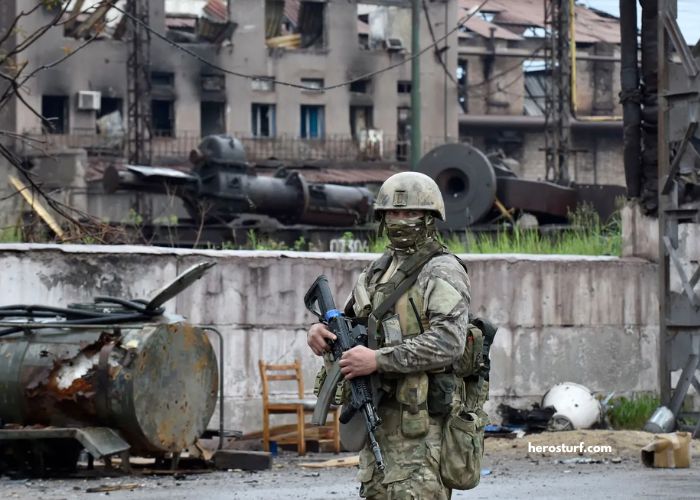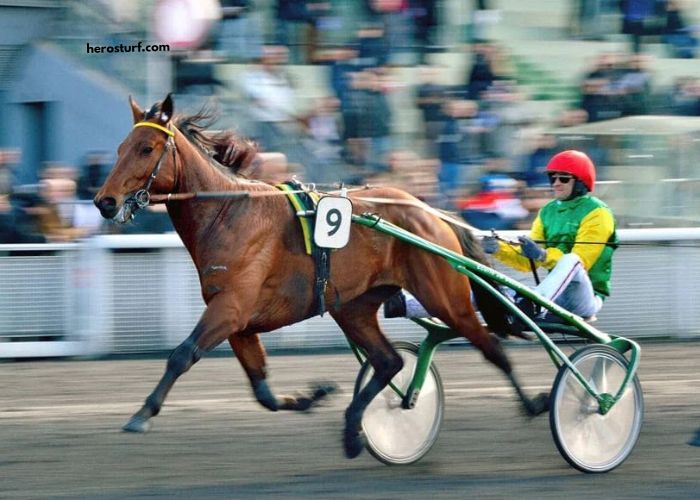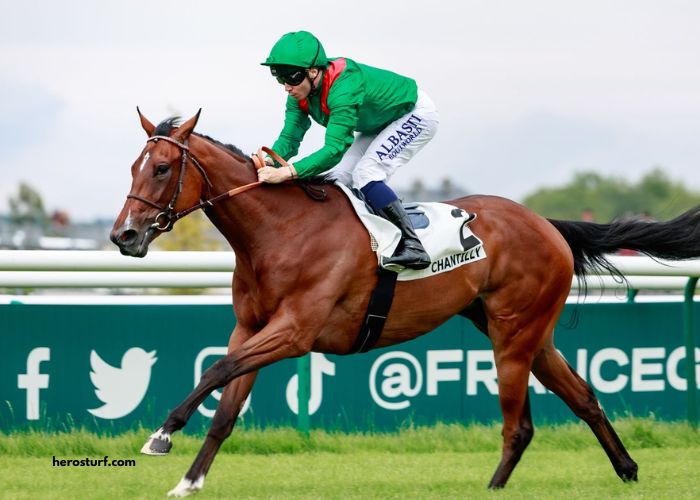Guerre en Ukraine
The Guerre en Ukraine has shattered the fragile peace in Eastern Europe, igniting one of the most consequential conflicts of the modern era. From military aggression to civilian suffering, its layers are complex and far-reaching.
This full-scale war has challenged international alliances, displaced millions, and driven economic instability globally. The Guerre en Ukraine remains a key issue for world leaders, policymakers, and civilians alike.
What Are The Root Causes Of The Guerre en Ukraine?
The Guerre en Ukraine did not begin with tanks rolling across the border in 2022. Its roots extend back to the fall of the Soviet Union, when Ukraine declared independence and distanced itself from Russian influence. Over time, Ukraine sought alignment with Western institutions such as the European Union and NATO, which Russia viewed as a direct threat to its sphere of influence and national security.
The 2014 Euromaidan revolution, where Ukrainians protested against a pro-Russian government, marked a turning point. Russia responded by annexing Crimea, a move widely condemned by the international community. This act of aggression was followed by the covert support of separatist movements in Donetsk and Luhansk, igniting the first military phase of the Guerre en Ukraine. These events transformed Ukraine into a contested zone, where democracy and authoritarianism clashed with devastating consequences.
By 2022, Russia escalated the situation with a full-scale invasion, claiming to “demilitarize and denazify” Ukraine—propaganda used to justify an unprovoked war. The Guerre en Ukraine is thus not merely a conflict over land but a battle over political systems, sovereignty, and identity. It reveals the extent to which regional tensions, post-Soviet politics, and unresolved historical grievances can erupt into global crises.
How Has The Guerre en Ukraine Affected Civilians?
The humanitarian impact of the Guerre en Ukraine has been catastrophic. Over 10 million people have been forced to flee their homes, making it the largest refugee crisis in Europe since World War II. Families have been torn apart, and cities such as Mariupol, Kharkiv, and Bakhmut have suffered unimaginable destruction. Bombs and missile strikes target not just military sites but also hospitals, schools, and residential areas.
The trauma of displacement is compounded by the daily struggle for basic survival. In many regions, civilians face shortages of food, water, electricity, and medical supplies. Humanitarian corridors are often violated, making aid delivery extremely difficult. The Guerre en Ukraine has led to a spike in war crimes, including the targeting of civilian infrastructure and alleged executions in towns like Bucha. These brutal realities highlight the sheer human cost of this protracted war.
For children, the situation is especially dire. Many have lost access to education and live in constant fear. Psychologists warn of long-term mental health consequences that could affect a generation. Despite the efforts of international organizations and local NGOs, the needs far outstrip the available resources. The Guerre en Ukraine has turned everyday life into a battleground, where survival is an act of resistance.
How Has The Global Economy Responded To The Guerre en Ukraine?
The ripple effects of the Guerre en Ukraine have reached every corner of the global economy. With Ukraine and Russia being major exporters of wheat, corn, and sunflower oil, the conflict has led to food insecurity in many parts of Africa, the Middle East, and Asia. Price spikes and supply chain disruptions have made staples unaffordable for millions, worsening global hunger.
Energy markets have also been thrown into turmoil. Europe, which was heavily reliant on Russian natural gas, faced an urgent need to diversify its energy sources. As pipelines shut down and sanctions were imposed, gas and oil prices surged, contributing to inflation and economic slowdown worldwide. This has prompted accelerated investments in renewable energy, but the transition has not been without short-term hardship for businesses and consumers.
Developing countries have been hit particularly hard, as rising commodity prices and high interest rates have deepened debt burdens. Meanwhile, countries like Germany and Italy faced manufacturing challenges due to shortages of raw materials and components. The Guerre en Ukraine has underscored the fragility of global interdependence, proving that a regional war can trigger worldwide economic shocks that affect everything from housing to healthcare.
What Role Have NATO And Western Allies Played In The Guerre en Ukraine?
The Guerre en Ukraine has revitalized NATO, an alliance many had considered outdated before the conflict. As soon as the invasion began, NATO members, particularly the U.S., UK, and Eastern European countries, responded with military aid, humanitarian assistance, and unprecedented economic sanctions against Russia. These efforts were not just acts of solidarity with Ukraine but also a strategic move to deter further aggression from Moscow.
Sanctions targeted key sectors of the Russian economy, freezing assets of oligarchs and restricting access to global financial systems. At the same time, NATO increased its military presence in member states bordering Ukraine and Russia. Joint training exercises, deployment of air defenses, and rapid response units were scaled up to prevent the war from spilling over into other territories.
Additionally, Western countries supplied advanced weaponry, including anti-aircraft systems, drones, and precision artillery, helping Ukraine resist a much larger invading force. Non-NATO nations like Finland and Sweden, alarmed by the invasion, sought membership in the alliance, reshaping the security landscape of Europe. The Guerre en Ukraine has not only tested NATO’s credibility but also reinforced the importance of collective defense in a time of rising global tensions.
How Has The Guerre en Ukraine Affected Russia’s Global Standing?
The Guerre en Ukraine has led to Russia’s most significant international isolation in decades. Diplomatic relations with the West have deteriorated, with embassies closed, ambassadors expelled, and cooperation across sectors halted. Russia was removed or sidelined from key international forums, including the G8 (now G7), and faced resolutions of condemnation in the United Nations.
Economically, Russia became increasingly dependent on China, India, and a handful of allies to maintain trade and financial flows. The ruble’s volatility, combined with capital flight and loss of foreign investment, shrank the Russian economy. Though state propaganda within Russia portrays resilience, international perception has plummeted, casting the country as an aggressor and violator of international law.
Internally, President Putin tightened control through censorship, arresting opposition figures and criminalizing dissent. Media freedoms were dismantled, and the narrative of the Guerre en Ukraine was strictly managed. Despite this, Russian civil society has seen underground resistance movements, though limited by repression. On the world stage, Russia’s aggressive stance has caused long-term damage to its credibility, trade relationships, and influence.
What Is The Future Outlook For The Guerre en Ukraine?
Predicting the trajectory of the Guerre en Ukraine is fraught with uncertainty. As of now, the conflict remains deadlocked, with neither side achieving decisive victories. Ukraine continues to receive significant Western support and has launched counteroffensives to reclaim occupied territories. Russia, in turn, has fortified its positions and employed mass mobilization and drone warfare to sustain pressure.
Diplomatic efforts have stalled, as trust between the two nations is virtually nonexistent. Peace negotiations have been attempted but often fall apart due to unmet conditions and ongoing hostilities. The Guerre en Ukraine may continue for months or even years, depending on external support, battlefield dynamics, and internal political pressures within Russia and Ukraine.
Internationally, discussions have begun on Ukraine’s post-war reconstruction, with pledges from the EU, U.S., and global donors. There’s also growing attention on holding Russian leaders accountable through war crime tribunals. The Guerre en Ukraine has become more than a military engagement—it is a moral battle, a global litmus test for the defense of democratic values and international law.
Conclusion
The Guerre en Ukraine is not just a regional conflict—it’s a global turning point that has tested alliances, redefined economies, and exposed the fragility of peace in the 21st century. As the war enters its extended phase, the resilience of the Ukrainian people stands as a symbol of resistance against authoritarianism.
Meanwhile, the world watches, debates, and responds, knowing that the consequences of the Guerre en Ukraine will echo through generations to come. Only through sustained diplomacy, global unity, and a commitment to justice can a lasting resolution be found.



